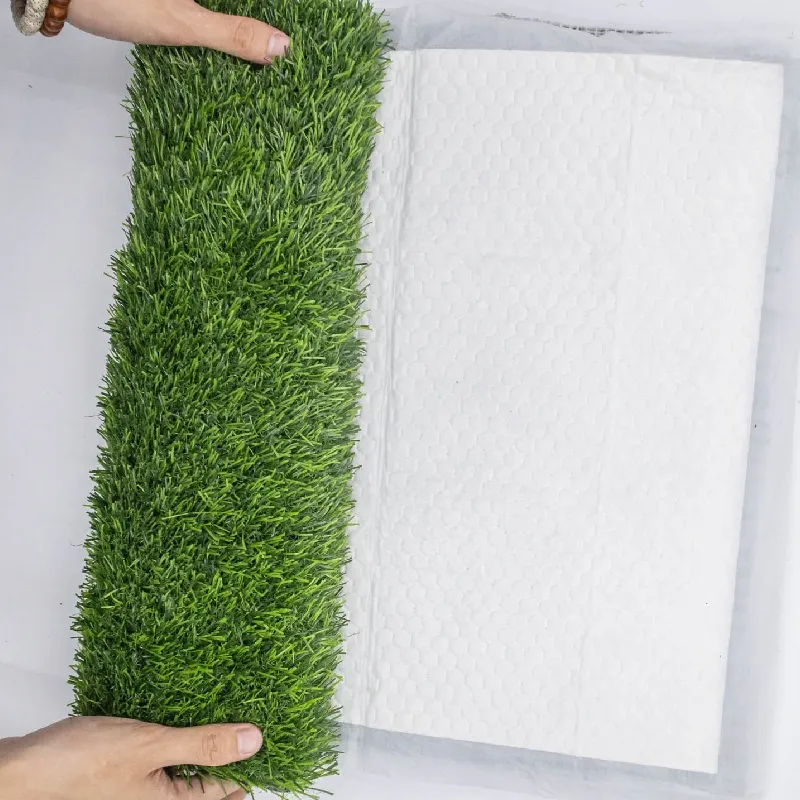
- Afrikaans
- Arabic
- Belarusian
- Bengali
- Czech
- Danish
- Dutch
- English
- Esperanto
- Estonian
- Finnish
- French
- German
- Greek
- Hindi
- Hungarian
- Icelandic
- Indonesian
- irish
- Italian
- Japanese
- kazakh
- Rwandese
- Korean
- Kyrgyz
- Lao
- Latin
- Latvian
- Malay
- Mongolian
- Myanmar
- Norwegian
- Persian
- Polish
- Portuguese
- Romanian
- Russian
- Serbian
- Spanish
- Swedish
- Tagalog
- Tajik
- Thai
- Turkish
- Turkmen
- Ukrainian
- Urdu
- Uighur
- Uzbek
- Vietnamese
football artificial turf cost
Dec . 03, 2024 16:13 Back to list
The Cost of Football Artificial Turf An In-Depth Analysis
In recent years, artificial turf has gained immense popularity in various sports, particularly football (soccer), due to its durability, low maintenance needs, and the ability to withstand various weather conditions. However, the transition from natural grass to artificial turf is not just a matter of preference; it involves significant financial considerations. This article delves into the costs associated with installing and maintaining football artificial turf and the factors influencing these expenses.
Initial Installation Costs
The primary expense when switching to artificial turf is the initial installation cost. On average, the cost of installing artificial turf for a football field can range between $600,000 to over $1 million. Multiple factors contribute to this price, including the quality of the turf material selected, the size of the field, and the complexity of the installation process. Higher-quality turf, which tends to be more durable and realistic in appearance, typically comes at a premium price.
Ground preparation is another critical component influencing installation costs. Existing grass fields may require extensive ground regeneration before turf installation. This may involve leveling the ground, adding a proper drainage system, and ensuring the surface is adequately prepared to prevent issues such as uneven wear or flooding. Depending on the condition of the existing ground, preparation costs can add tens of thousands of dollars to the overall expenditure.
Maintenance Costs
While one of the main selling points of artificial turf is its low maintenance requirements compared to natural grass, it's important to note that it is not entirely maintenance-free. Maintaining an artificial turf field typically costs around $20,000 to $30,000 per year. These maintenance costs can include regular inspections, cleaning, repairs of seams or holes, and infill replenishment to ensure the turf remains in optimal playing condition.
football artificial turf cost

Additionally, the lifespan of artificial turf is generally around 8 to 15 years, depending on factors like usage levels and weather conditions. This means that over the lifetime of the turf, organizations may need to budget for eventual replacement, which would incur the same initial costs as the initial installation.
Long-Term Financial Benefits
Despite the significant upfront costs and ongoing maintenance requirements, many argue that investing in artificial turf can lead to long-term financial benefits. One primary advantage is the reduction in water costs associated with maintaining natural grass. Football fields that rely on natural grass often require extensive irrigation, leading to increased utility bills, especially in arid regions where water usage is heavily regulated.
Additionally, artificial turf can extend the playing season. Unlike natural grass, which can become muddy and unplayable after heavy rain, turf fields can withstand inclement weather. This means that schools, clubs, and municipalities can potentially schedule more games, practices, and events on turf fields without worrying about damaging the surface. Enhanced usage translates to increased revenue, making the initial investment potentially worthwhile.
Environmental Considerations
When discussing the cost of artificial turf, it's also essential to consider its environmental impact. Critics often highlight that synthetic turf fields can contribute to increased heat retention and are not biodegradable. However, advancements in technology have led to the development of more eco-friendly infill materials and turf products designed to mitigate these issues.
In conclusion, while the initial costs of installing football artificial turf can be daunting, the potential for long-term savings on maintenance and water costs, coupled with the capability for increased usage, makes it an attractive option for many organizations. Ultimately, the decision to invest in artificial turf should consider both immediate financial implications and long-term benefits, alongside an understanding of its environmental impact. As more institutions weigh these factors, the landscape of football fields may continue to evolve, embracing the innovative potential of artificial surface technology.
-
The Benefits of Artificial Turf for Indoors
NewsJul.15,2025
-
How Artificial Grass Suppliers Ensure Quality Products
NewsJul.15,2025
-
Artificial Grass and Pets: A Space for Relaxation
NewsJul.08,2025
-
Balcony & Outdoor Decoration with Artificial Grass
NewsJul.08,2025
-
Best Indoor Artificial Grass for Home
NewsJul.07,2025
-
Best Pet Turf for Dogs: Safe & Durable Artificial Grass Options
NewsJul.07,2025
Products categories









